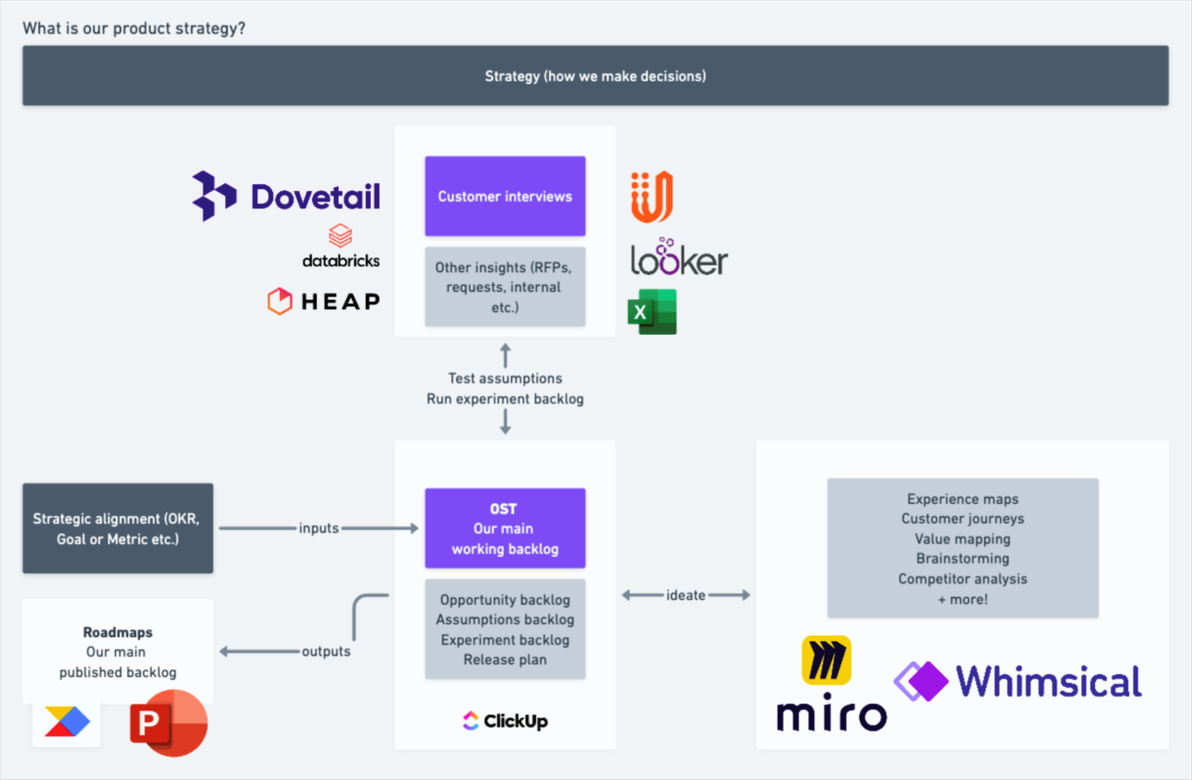Table of contents
Getting the task of starting a brand-new product from scratch is probably every true Product Manager’s dream come true, as this brings real innovation. For me, that is what the core of software development is all about.
But before you begin, you need to ask yourself one very important question:
Are you even in a place to start real product innovation?
Every great new product emerges through careful planning.
At Mews, we build our product in a way that brings value to our customers, users and guests staying in properties. We do not make changes just for the sake of making changes or chasing the next shiny object, and nor do we work in a feature factory model.
We know innovations are necessary to change the way our industry works, and we’re not afraid of challenging the status quo and finding new ways to bring innovations to the market.
That’s why we give our teams enough autonomy to discover, validate and ultimately produce innovations that bring the biggest impact.
Focus on problems, not features
In our case, we didn’t have a lot of data to begin with. We had a vision of what we should be building, but it was a bit blurry at that time. However, we didn’t want to jump into collecting tons of quantitative data that could prove misleading and take us in the wrong direction.
Instead, we started talking to our customers. Each of the conversations we had helped us develop our understanding of the true problems we need to solve.
One of the concerns is how many conversations are enough, and making sure you are not shifting the overall solution towards one or a few customers. Our learning here is that it’s not the number that matters, but the depth of interviews, similarities and ultimately the value your solution would bring to the problem. Of course, you will get some feature requests as well, but don’t go for that just yet.
In the early days of product discovery, the most important thing you are after is moving from your hypothesis to insights. And you want to feel confident that you know what problems you need to solve. Then, connect your qualitative research and quantitative data to make decisions about how to move on.
Don’t fall for the “tool over process” approach
The focus on finding the tool that will make magic for you and won’t push your product thinking to its limit is quite common, especially with more junior product managers (I’ve been there, too).
It is important to realize that focusing on your data collection and processing in one tool and expecting that tool to solve all given problems for you is a dead end.
The whole of problem solving is a process of combining a variety of inputs, be they qualitative or quantitative, and finding solutions to those problems. The gap between the current state (zero) and the desired state (one) is what you are solving, and it gets quite complex.
Therefore, your emphasis should be on the process, not the tool. I’ve included an example below that shows our process and tools. Note that there is not one tool to solve it all. Besides that, we have found that tool-focus results in taking a limited view on the problem we are trying to solve.

Choosing the right problems and the right data enables you to select the right tools. So, tools must always follow, not vice-versa.

Author
Jan Raz
Jan is our Senior Product Director for B2B Portfolios, joining us in 2022 with over a decade of cloud product experience for the likes of O2 Telefonica, Livesport and Coca-Cola HBC.

Essential hotel technology for general managers
Download now
Hospitality hot takes straight to your inbox


.webp)